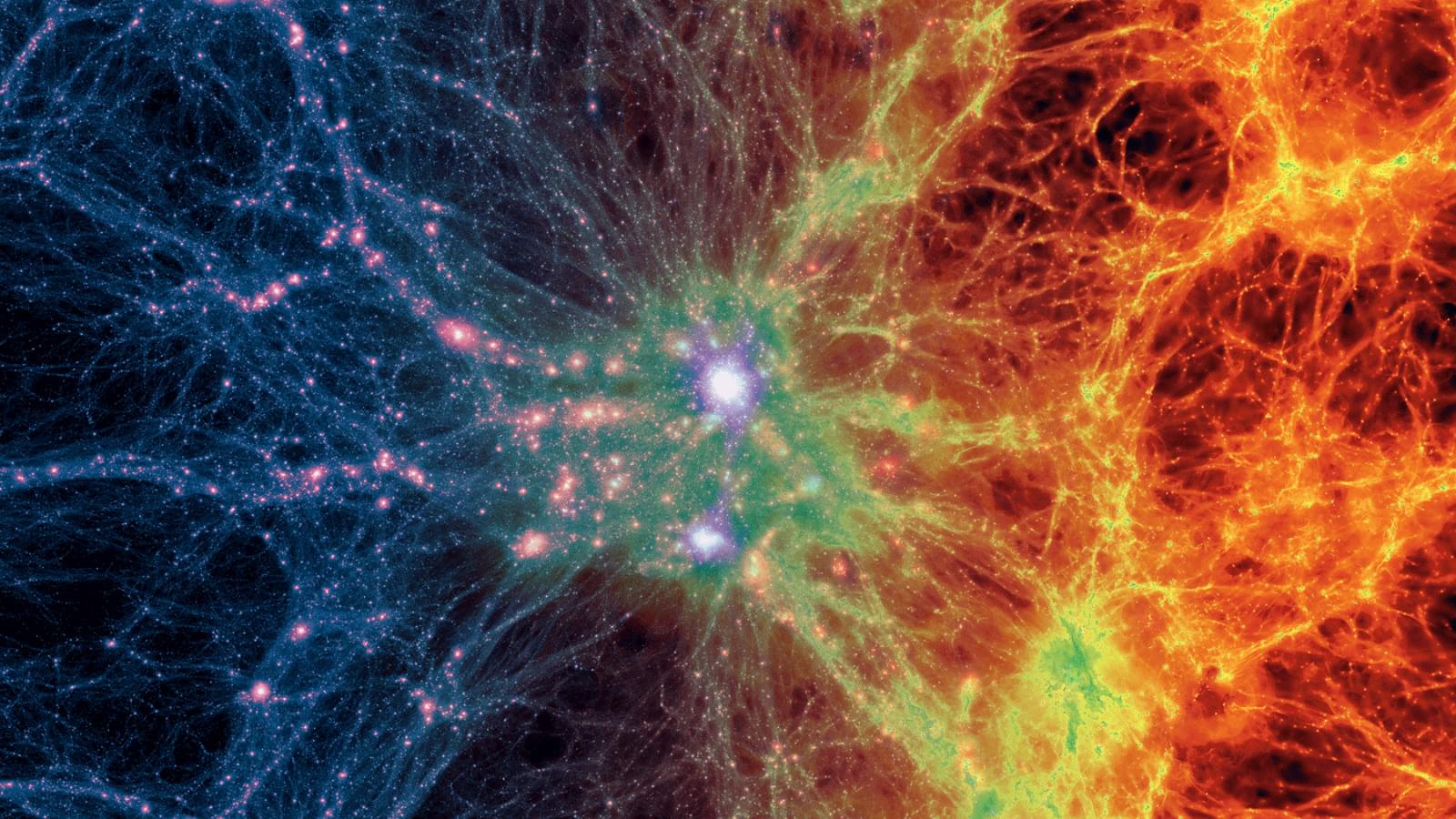Chinese astronomers have employed NASA’s Transiting Exoplanet Survey Satellite (TESS) to observe an eclipsing binary of the Algol-type, designated V455 Car. Results of the observational campaign are published in the journal New Astronomy.
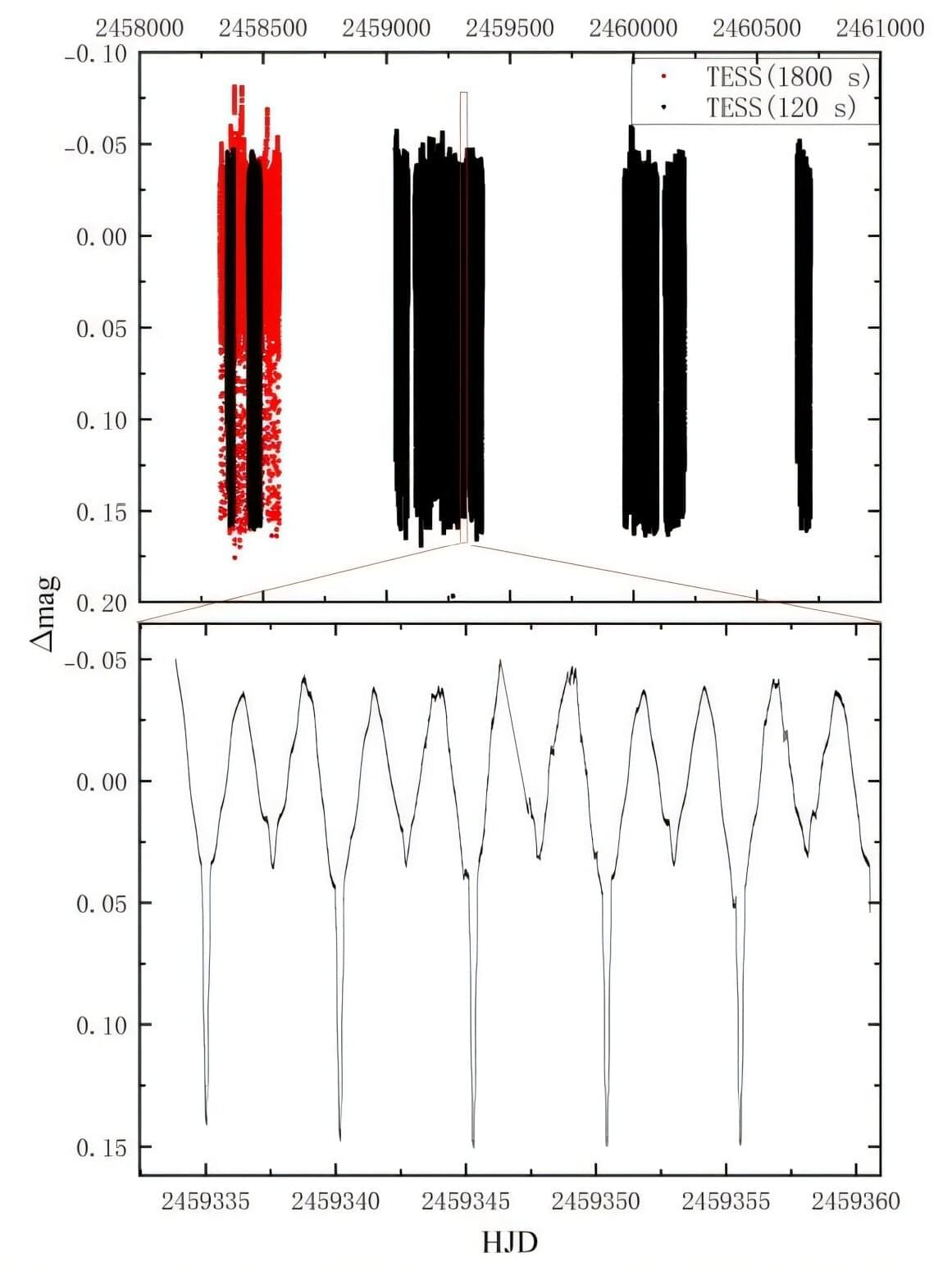

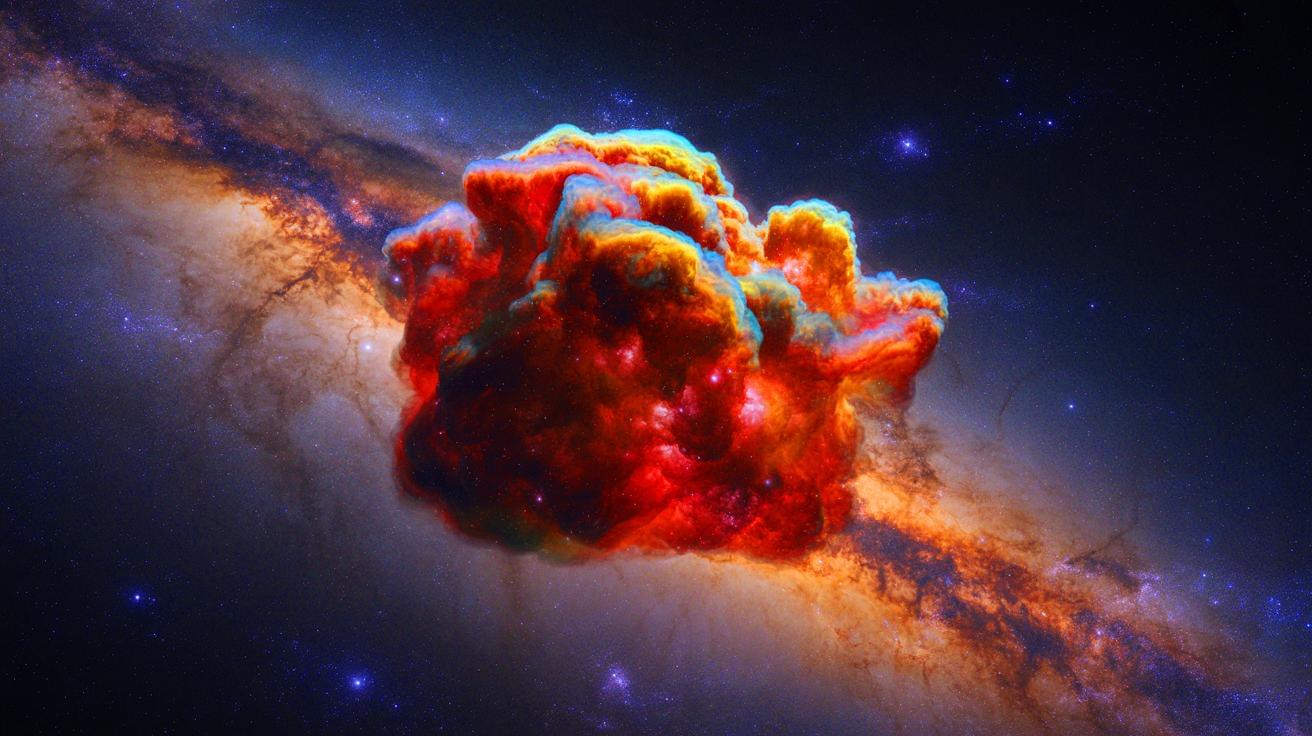
IN A NUTSHELL 🌌 Astronomers discovered a colossal molecular cloud named M4.7–0.8 in the Milky Way, weighing as much as 160,000 suns. 🔭 The Green Bank Telescope was instrumental in identifying this cloud located 23,000 light-years away, revealing its pivotal role in material transport. ⭐ Giant Molecular Clouds (GMCs) like M4.7–0.8 are critical for understanding
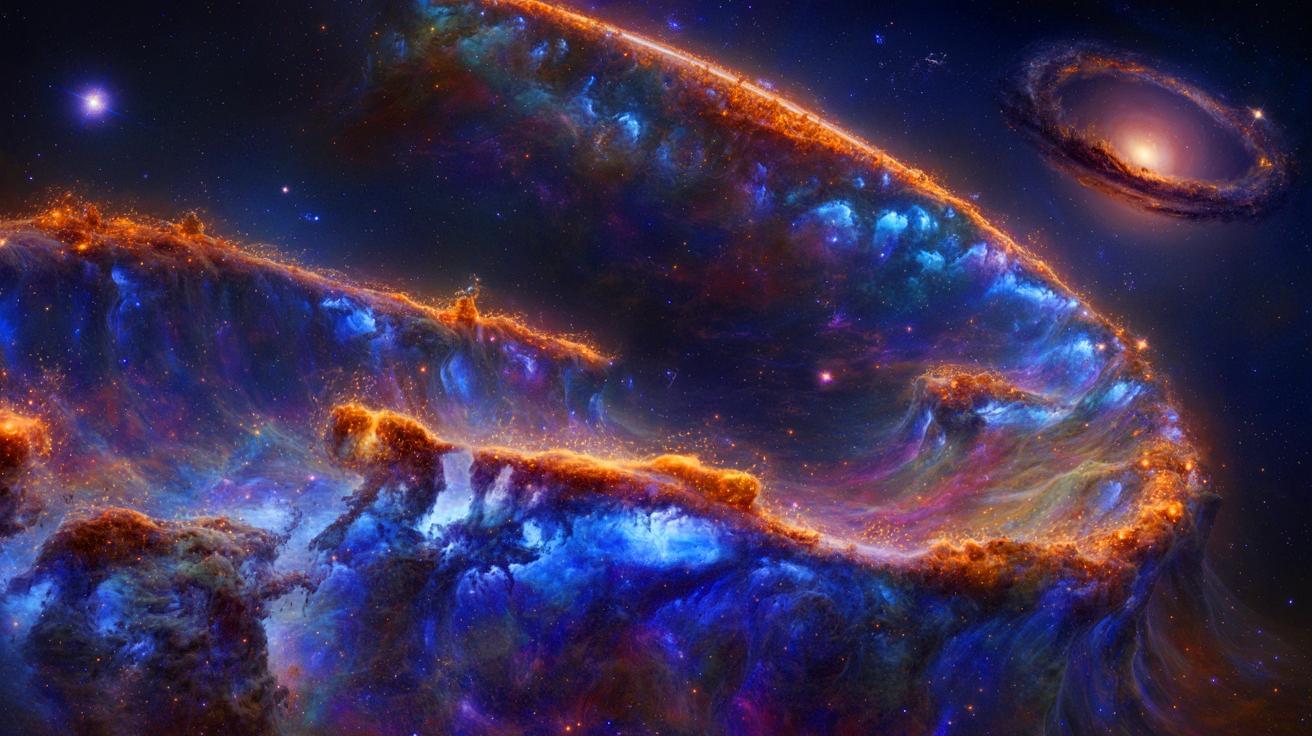
IN A NUTSHELL 🌌 The Hercules-Corona Borealis Great Wall is the largest known structure in the universe, spanning 62 billion light-years. 💥 Gamma-ray bursts serve as cosmic lighthouses, helping astronomers map distant regions of the universe. 🧐 This discovery challenges the cosmological principle, which assumes the universe is homogeneous and isotropic on large scales. 🔭
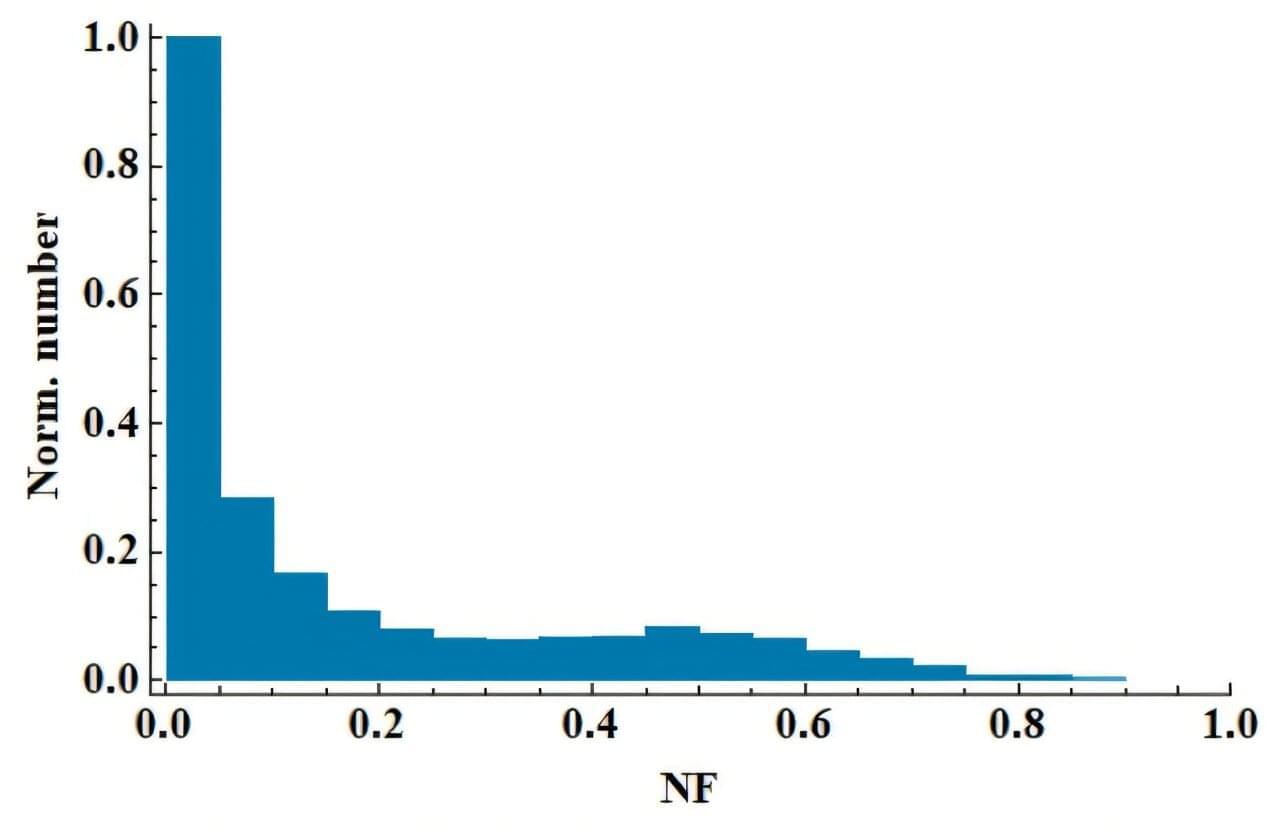
A study published in Astronomy & Astrophysics by a researcher from the Xinjiang Astronomical Observatory (XAO) of the Chinese Academy of Sciences has provided new insights into the phenomenon of “pulse nulling”—a sudden cessation of the entire radio pulsed emission observed in over 200 pulsar manifests.
This event, which can last from a few rotations to several minutes, is suggested to be random, but its statistical distribution may hint at deeper patterns in pulsar emission behavior.
Pulse nulling is quantified by the nulling fraction (NF), defined as the proportion of pulses during which no detectable emission occurs. While NF varies from one pulsar to another, recent studies demonstrate a decreasing number of pulsars with increasing NF, suggesting certain underlying patterns for nulling.

A team of astronomers and astrophysicists affiliated with several institutions in Australia has found that a mysterious fast radio burst (FRB) detected last year originated not from a distant source, but from one circling the planet—a long-dead satellite. The team has posted a paper outlining their findings on the arXiv preprint server.
On June 13, 2024, a team working at the Australian Square Kilometer Array Pathfinder heard something unexpected—a potential FRB that lasted less than 30 nanoseconds. The pulse, they note, was so strong that it eclipsed all of the other signals coming from the sky.
It was originally assumed that the signal had come from some distant object because that is the case for most FRBs. But subsequent analysis showed that it had come from a nearby source.
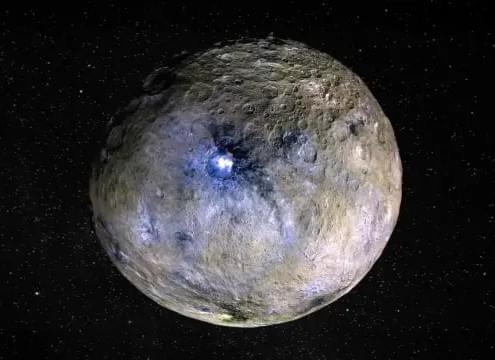
Unlock the future of energy! Discover how abundant thorium and advanced Small Modular Reactors (SMRs) could power our world and humanity’s pioneering Moon base, offering a safer, cleaner path to net-zero.
If you liked this video, please show it to a friend who hasn’t heard of us yet! Also, please leave a comment below. Thanks for watching!
🚀 New mind-blowing episodes every week!
Link to Best Telescopes at the website: https://apollo11space.com/best-telesc… website: https://apollo11space.com 🌠 Join our constellation of curious minds: Facebook: / apollo11space11 Pinterest:
/ tranquilitybase784 Instagram:
/ apollo11spacechannel X (Twitter):
/ apollo11space69 Reddit:
/ orbitingapollo Copyright Title 17, US Code (Sections 107–118 of the copyright law, Act 1976): This website uses all media for the purpose of review and commentary under the terms of fair use. All footage and images used belong to their respective companies. #thorium #materialscience #space.
My website: https://apollo11space.com.
🌠 Join our constellation of curious minds:
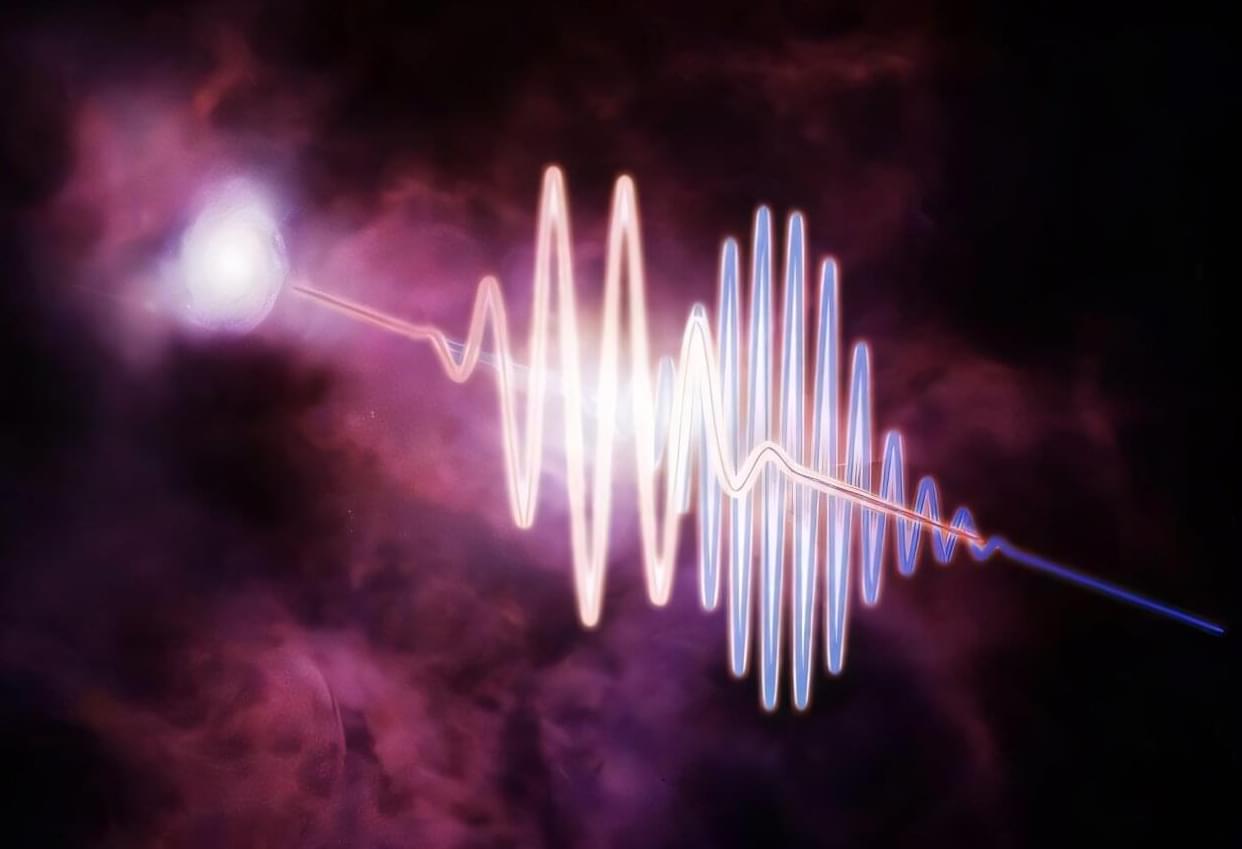
A new landmark study has pinpointed the location of the universe’s “missing” matter, and detected the most distant fast radio burst (FRB) on record. Using FRBs as a guide, astronomers at the Center for Astrophysics | Harvard & Smithsonian (CfA) and Caltech have shown that more than three-quarters of the universe’s ordinary matter has been hiding in the thin gas between galaxies, marking a major step forward in understanding how matter interacts and behaves in the universe.
They’ve used the new data to make the first detailed measurement of ordinary matter distribution across the cosmic web. The research is published in the journal Nature Astronomy.
For decades, scientists have known that at least half of the universe’s ordinary, or baryonic matter —composed primarily of protons—was unaccounted for. Previously, astronomers have used techniques including X-ray emission and ultraviolet observations of distant quasars to find hints of vast amounts of this missing mass in the form of very thin, warm gas in between galaxies. Because that matter exists as hot, low-density gas, it was largely invisible to most telescopes, leaving scientists to estimate but not confirm its amount or location.

Time, not space plus time, might be the single fundamental property in which all physical phenomena occur, according to a new theory by a University of Alaska Fairbanks scientist.
The theory also argues that time comes in three dimensions rather than just the single one we experience as continual forward progression. Space emerges as a secondary manifestation.
“These three time dimensions are the primary fabric of everything, like the canvas of a painting,” said associate research professor Gunther Kletetschka at the UAF Geophysical Institute. “Space still exists with its three dimensions, but it’s more like the paint on the canvas rather than the canvas itself.”
